Unleashing Innovation: The Rise of DTF Transfer in Print Technology
Direct-to-Film (DTF) transfer technology has revolutionized custom printing and design with its adva…….
In an increasingly interconnected world, the role of digital transfer companies (DTF) is more significant than ever. This article delves into the intricate world of DTF transfer companies, exploring their impact on global trade, financial systems, and technological advancement. A DTF transfer company, at its core, facilitates the seamless movement of funds, data, and assets across borders, enabling businesses and individuals to navigate the complexities of international transactions. By understanding their operations, we can uncover the profound effects they have on the global economy and society as a whole. This comprehensive guide aims to equip readers with valuable insights into this dynamic sector.
A DTF transfer company, or Digital Transfer Facilitator, is a financial technology (fintech) enterprise that specializes in enabling cross-border transactions through digital channels. Its primary functions include money transfers, international payments, remittances, and the exchange of various assets, such as cryptocurrencies and digital securities. The key components of a DTF’s ecosystem are:
The concept of digital money transfers has evolved significantly over the past few decades. Traditional wire transfer services, once the dominant players, were often slow, expensive, and limited to specific banks. The advent of the internet and mobile technology sparked a revolution in financial services, giving birth to the first online money transfer companies in the late 1990s. Early pioneers like TransferWise (now Wise) disrupted the market by offering lower fees and real-time exchange rates.
As the digital economy grew, so did the need for faster, more accessible financial services. Mobile wallets, blockchain technology, and cryptocurrencies further accelerated the transformation. Today, DTF companies leverage advanced technologies, such as distributed ledger technology (DLT) and artificial intelligence (AI), to provide innovative solutions, improve transparency, and reduce costs.
DTF transfer companies have become a cornerstone of global financial inclusion, empowering individuals and businesses in remote or underserved regions to participate in the digital economy. According to the World Bank, over 1.7 billion adults worldwide are still unbanked, lacking access to formal financial services. DTFs bridge this gap by offering low-cost, convenient alternatives, facilitating cross-border remittances, and enabling microtransactions.
The impact of DTF companies varies across regions due to differing regulatory environments, economic conditions, and technological adoption rates:
The global digital transfer market is experiencing exponential growth, driven by the rising demand for faster, more cost-effective solutions. The COVID-19 pandemic has accelerated this trend, as businesses and individuals turned to digital channels for transactions. According to a report by FinTech Global, the global P2P (peer-to-peer) money transfer market size is projected to reach USD 467 billion by 2025, growing at a CAGR (compound annual growth rate) of 13.8%.
DTF companies attract investments from various sources, including venture capital firms, angel investors, and strategic partners. Early-stage funding is crucial for product development, market entry, and building a customer base. Series A funding rounds have become more common as companies mature and demonstrate their potential. Leading investors in the DTF space include Accel, Index Ventures, and Sequoia Capital.
The rise of DTFs has prompted traditional banks to reevaluate their strategies and innovate. Many banks now offer digital transfer services alongside their core banking products, aiming to provide a seamless experience to customers. However, some banks have also expressed concerns about potential regulatory risks and competition from non-bank players.
One of the most significant advantages of DTF companies is their ability to process transactions in real time or near real time, eliminating delays often associated with traditional banking systems. This efficiency results in lower costs for both businesses and consumers. For instance, cross-border payments that once took several days can now be settled within minutes.
Blockchain technology has revolutionized DTF operations by providing a secure, transparent, and decentralized way to facilitate transactions. Cryptocurrencies, such as Bitcoin and Ethereum, offer faster, cheaper alternatives for international remittances. Companies like Ripple use blockchain-based solutions to enable fast, low-cost cross-border payments between banks.
Artificial intelligence enhances DTF services in several ways:
The regulatory environment for DTF companies varies widely across jurisdictions, creating a complex landscape. Some countries have embraced fintech innovation with open arms, while others maintain stringent controls. For instance, Singapore and Estonia are known for their supportive regulatory frameworks, offering e-residency programs to attract fintech startups. In contrast, certain regions, like parts of Africa and Asia, lack comprehensive regulations, presenting both opportunities and challenges.
DTF companies face significant compliance challenges due to the need for global collaboration and constant adaptation to evolving regulations. Anti-money laundering (AML) and know-your-customer (KYC) procedures are critical aspects of their operations. They must comply with international standards, such as FATF (Financial Action Task Force) recommendations, while navigating different local requirements.
Companies operating across borders often face regulatory “sandwiches,” where they must adhere to multiple jurisdictions’ rules. This complexity can increase operational costs and create inconsistencies in service offerings. Cross-border data privacy regulations, like GDPR (General Data Protection Regulation) in Europe, also pose challenges, requiring DTFs to ensure data security and transparency.
The introduction of central bank digital currencies is expected to transform the DTF industry. CBDCs offer faster, cheaper, and more efficient transactions, potentially reducing the role of private DTF providers. However, they also present opportunities for collaboration, as commercial banks and fintechs can work with central banks to build robust infrastructure.
Open banking regulations in various regions enable customers to share their financial data securely with third-party providers, including DTF companies. This development allows for personalized services, improved customer experience, and innovative financial products.
The DeFi movement is gaining traction, offering alternative financing models and tokenized assets. DTF companies can explore partnerships or direct integrations with DeFi platforms to provide new services, such as tokenized remittances and decentralized lending.
DTF transfer companies have emerged as a powerful force in global financial services, challenging traditional banking models and fostering innovation. Their impact extends beyond financial inclusion, influencing economic growth, cross-border trade, and technological advancements. As the industry continues to evolve, DTFs must navigate complex regulatory environments, embrace emerging technologies, and adapt to changing consumer preferences. By doing so, they can shape a more inclusive, efficient, and secure global financial system.

Direct-to-Film (DTF) transfer technology has revolutionized custom printing and design with its adva…….

Direct-To-Film (DTF) transfer is a revolutionary printing method offering high-quality customization…….

Direct-to-Film (DTF) transfer is a revolutionary printing method that streamlines product branding a…….
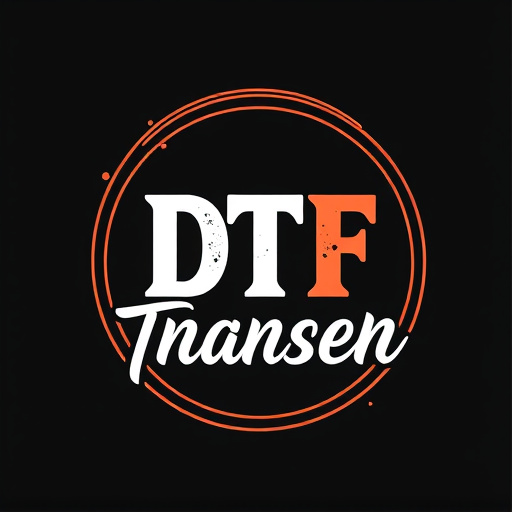
Direct-to-Film (DTF) transfer technology streamlines printing by directly reproducing digital images…….
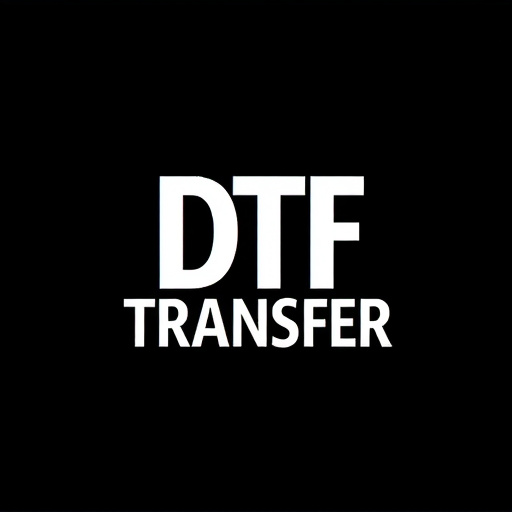
“Direct-to-film (DTF) transfer products are revolutionizing various industries with their high-quali…….
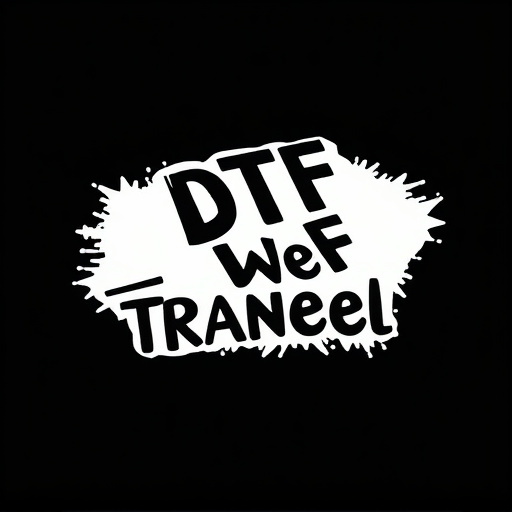
Direct-to-Film (DTF) transfer is a cutting-edge printing technique that eliminates traditional steps…….

Direct-to-Film (DTF) technology is revolutionizing industries by directly applying artwork onto film…….
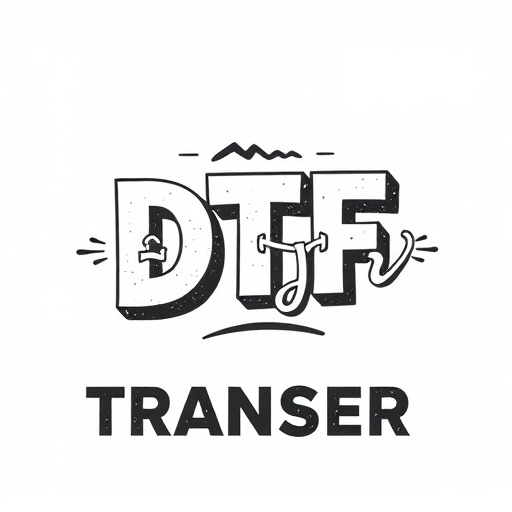
Direct-to-Film (DTF) technology has transformed film production and customization, enabling high-qua…….
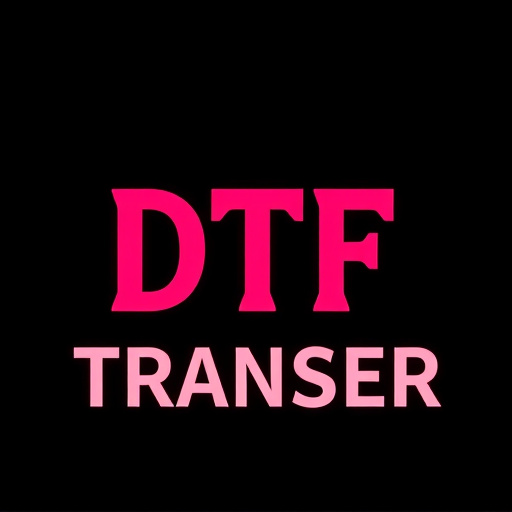
Direct-to-Film (DTF) transfer is a cutting-edge printing method revolutionizing film production, off…….
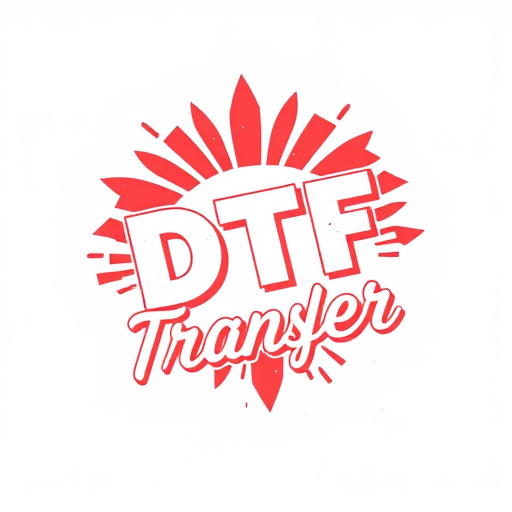
Direct-to-Film (DTF) prints are transforming screen printing by enabling high-quality, digital graph…….